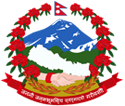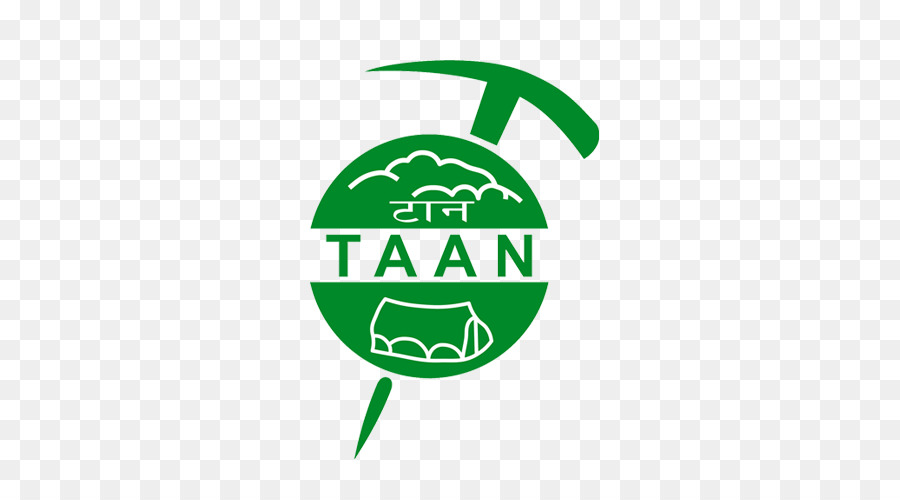Gaijatra
According to the lunar calendar, Gaijatra festival falls on the first day of the waning moon in the month of the Bhadra (Bhadra Shukla Pratipada). The celebration, which literally means the festival of cows and is marked with various dance and drama performances; mainly in different places of the three districts of the valley — Kathmandu, Lalitpur and Bhaktapur. The celebration is held in commemoration of the death of people during the year, in this festival, every family losing their relative during the preceding year come to take participation in a procession through the streets of Kathmandu with a cow. A young boy dresses up as substitute of a cow if there is no cow. It is believed that people in ancient time was used to worshipping Yamaraj, “the god of death” on this day. The modern form of Gai Jatra was initiated by Malla Kings. There is a great historic hidden inside it to be observed this festival.
historic hidden inside it to be observed this festival.
t all started with the unfortunate death of a prince, during the Malla Era, when the most renowned of the Malla kings, King Pratap Malla (1641-1674), ruled over Kantipur (now Kathmandu). This king was responsible for building many monuments in Kantipur, including the statue of Hanuman at the royal palace gate, the tall column with statues of him and his family on top (famously known as Pratap Dhwaja) in the square, the Kal Bhairab Statue and the Krishna Temple (Chyasin Dega) in the same square, the white-colored Pratapur and Anantpur Temples in Swoyambhunath, and the Rani Pokhari (Queen’s Pond) near Ratna Park.
The king had two wives and five sons from them: Bhupendra, Chakrabartendra, Nripendra, Mahipatendra, and Parthibendra. King Pratap Malla being an enlightened soul, he wanted to experiment with a new concept he had in mind. He wanted all of his five sons to have the experience of ruling a kingdom in his own lifetime, so he allotted one year of rule for each of his sons. As luck would have it, the second eldest son, Chakrabartendra, was trampled to death by an elephant on the second day of his taking over the reins. His mother, the queen, was devastated, since he happened to be her favorite offspring. The sadness was such that she fell into a deep depression, and she spent the days wallowing in her misery. The king loved her, and he couldn’t bear to see her in such a state day after miserable day. He brought in all sorts of entertainment and entertainers to the court in repeated attempts to make her forget the tragedy. However, no matter how hard everybody tried, nobody could make her even smile a little, let alone laugh. Finally, in desperation, the king asked his subjects to organize a parade in which one member of every family that had suffered a loss that year would take part. He ordered that they dress up in crazy and flashy costumes and drag a colorfully decorated cow along behind them. Those who didn’t have a cow could have someone dressed up as a cow. On this particular day, the king allowed his subjects to make jokes about existing social norms and people in powerful positions. Every sort of buffoonery and lampooning was permitted. This flamboyant parade was to pass along the main gates of the royal palace, from where the king and his queens would watch the revelry.
As the parade drew near, the king pointed out the huge contingent of participants, and told the grieving queen that every participant in the parade had suffered the death of a family member in the year gone by. On knowing this, the queen realized that she was, after all, not the only one who had been so aggrieved. Many others were grieving for the loss of a loved one, just as she was. However, that had not stopped them from moving on or taking part in a very funny kind of parade, dressed in weird clothes and cracking all sorts of jokes, laughing till their bellies hurt. Gradually, a smile of merriment began to form on her hereto grimly tight lips, and eventually a giggle escaped from her, which finally turned into laughter.




